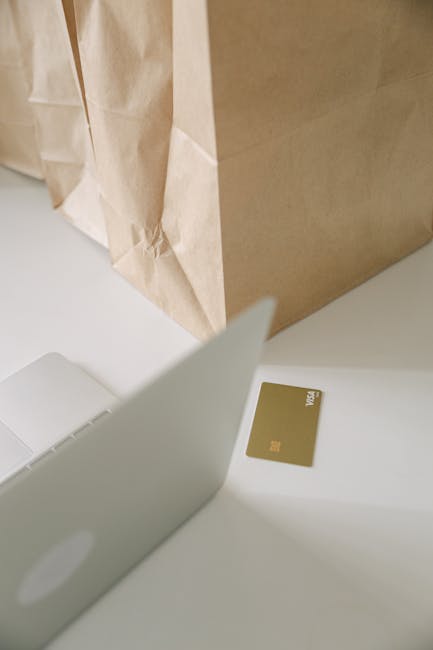
The convenience of Buy Now, Pay Later (BNPL) services, especially when seamlessly integrated with familiar platforms like Apple Pay, is undeniable. It’s easy to get swept up in the immediate gratification of acquiring that desired item without upfront payment. However, before you tap that screen for your next purchase, it’s crucial to pause and consider the potential pitfalls that lie beneath the surface of this seemingly convenient financial tool.
The Allure of Instant Gratification
BNPL options, often presented as a few simple installments, can make even larger purchases feel manageable. When Apple Pay simplifies the checkout process even further, it removes friction and encourages impulse buying. The psychological barrier of a large immediate payment is bypassed, making it easier to spend more than you might otherwise.
Unpacking the Potential Downsides
While BNPL can be a helpful budgeting tool for some, it’s not without its risks:
- Debt Accumulation: The ease of BNPL can lead to overspending and the accumulation of multiple, unmanageable debts. Juggling several BNPL plans can quickly become a financial tightrope walk.
- Late Fees and Interest: While many BNPL plans advertise 0% interest, missing a payment can result in hefty late fees and, in some cases, accrue interest on the outstanding balance. These can quickly negate any perceived savings.
- Impact on Credit Scores: While some BNPL providers don’t always report to credit bureaus for on-time payments, they often do report missed payments. This can negatively impact your credit score, making it harder to secure loans or favorable interest rates in the future.
- Lack of Consumer Protection: Unlike credit cards, BNPL services may not offer the same level of fraud protection or dispute resolution mechanisms. If an item is faulty or never arrives, recovering your funds can be more challenging.
- The “Sunk Cost” Fallacy: Once you’ve committed to BNPL, you might feel compelled to keep paying for items you no longer need or want, simply because you’ve already invested in the payment plan.
Apple Pay and BNPL: A Powerful, Yet Potentially Risky, Combination
Apple Pay itself is a secure and efficient payment method. The concern arises not from Apple Pay’s technology, but from the underlying financial agreements facilitated through it. When you use Apple Pay for a BNPL transaction, you are still entering into a contract with a third-party lender. Understanding the terms and conditions of that specific BNPL provider is paramount.
Before You Tap: Essential Questions to Ask
Before you embrace the convenience of BNPL with Apple Pay, ask yourself:
- Do I truly need this item right now?
- Can I afford the total cost of the item, even if spread out over installments?
- What are the late fees and any potential interest rates if I miss a payment?
- How will this affect my overall budget and existing financial commitments?
While BNPL can be a useful tool when used responsibly, it’s essential to approach it with caution. The ease of use with Apple Pay should not mask the underlying financial commitment and potential risks. Think twice, budget wisely, and ensure you’re not falling into a debt trap.
